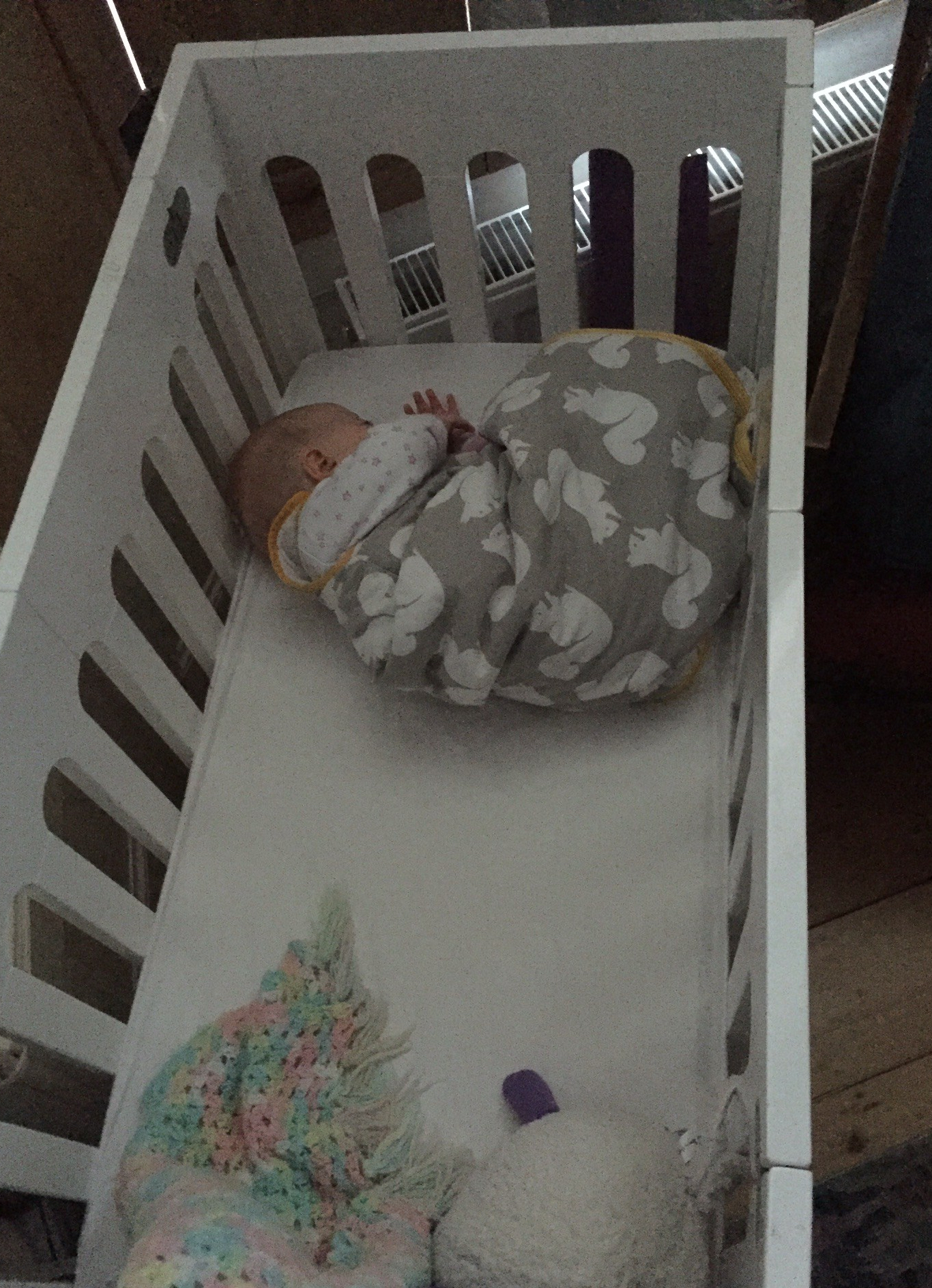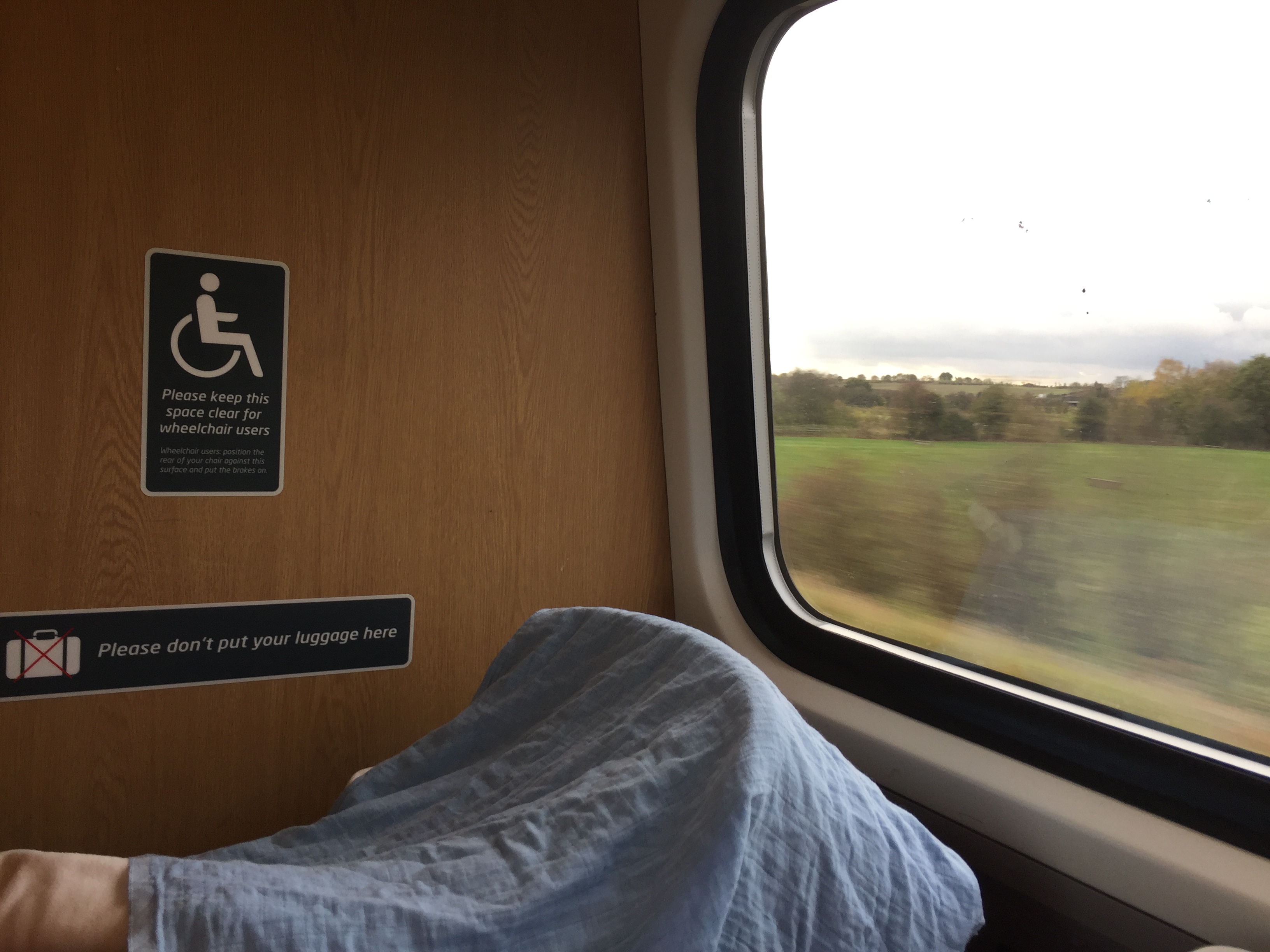
Public transport used to be my go-to method for getting to and from the airport but that’s all changed since the arrival of the baby girl. Unless our trip is a super short one, these days we travel with too much stuff to mess around with trains and buses for airport transfers.
On the couple of occasions that we used public transport for transfers when the baby girl was still very little, we carried her in her sling, having packed the pushchair away before leaving the house, ready to be checked in with the rest of the luggage. Doing so meant there was one fewer thing to manoeuvre on and off trains and up and down escalators.
Now that she’s too big for the sling but not big enough to go without a pushchair, we make sure that we’ve packed in such a way that we’re able to manage both suitcases and pushchair. (When it comes to the practicalities of these journeys with pushchairs, my posts on train travel and navigating public transport might come in handy.)
Taxis are the easiest option, but can be very expensive once you’ve factored in a car big enough for all your luggage and your baby’s car seat. More often than not, therefore, we drive our van and leave it in a car park near the airport, then take a shuttle bus to the terminal. If you’re willing to pay a little more, but still less than forking out for cabs, there’s always onsite parking, or valet services where your car is parked for you – usually available for car parks both on and off site.
When it comes to getting to your final destination from the airport, I highly recommend booking a transfer in advance, particularly if you’re arriving late at night, don’t speak the language or are visiting for the first time. You can request a car seat when you book your transfer, but there’s no guarantee that you’ll get one, so it’s usually safer to bring your own. (Most airlines won’t charge you for checking in a child car seat, but do check before you book.) It’s worth checking the laws around child car seats in your destination before you travel though, to ensure that your car seat meets the requirements. Here’s a very helpful list of the rules in different popular holiday destinations from the consumer group Which?
If you can’t bring your own car seat and end up having to take your baby in a taxi or private car without one, make sure you have a sling with you. The adult who will be carrying the baby sits in the back seat, straps himself in and then puts on the sling so the baby is held by the sling and not the seat belt. To be clear, I’m not advocating that you do this: it’s a safer option than having your baby loose on your lap or strapping her in with your seat belt, but it’s not a safe way to travel.
Hiring a car can be a very convenient way of doing things, if it suits the rest of your holiday plans. Car seats can be an issue here too, with some parents reporting having booked a car seat but finding none available on arrival. This doesn’t happen very often, but again, you can avoid worrying about it by bringing your own.






